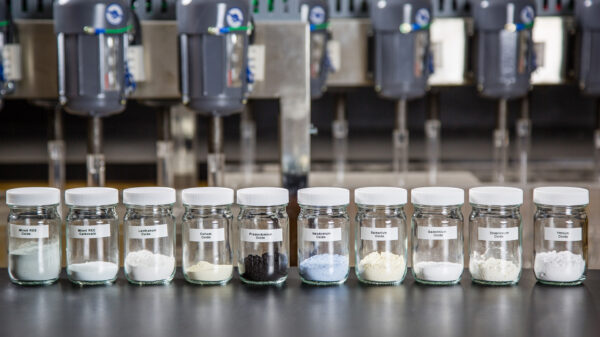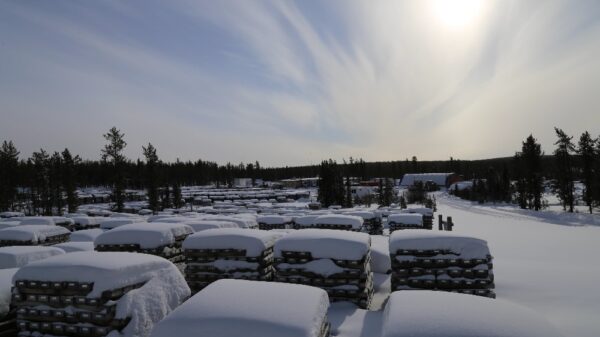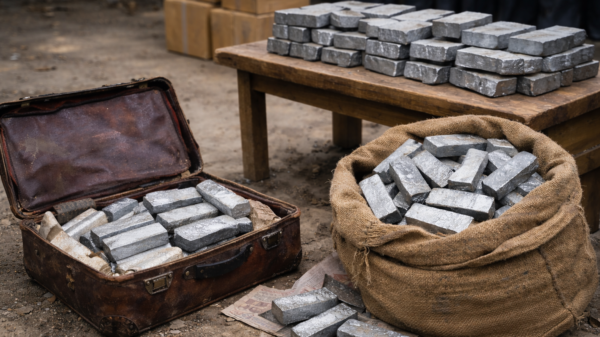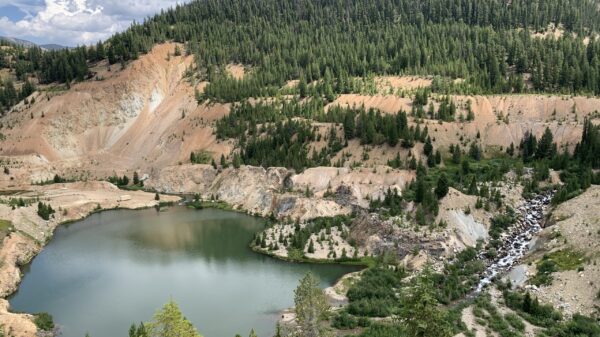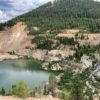The Government of Nova Scotia has added uranium to its critical minerals list and accompanied it with a request for exploration proposals for three sites the province states have deposits of uranium.
Natural Resources Minister Tory Rushton said on Wednesday that the government aims to benefit economically from exploration in the future.
Rushton stated during a news conference in Halifax the province is beginning with exploration to better understand its uranium potential. He also announced a request for proposals to open areas with known uranium deposits. Additionally, the government plans to work with companies that have a proven record of safety and environmental responsibility.
Each of the three sites is located on private land. The minister said the government will begin discussions with landowners about plans to explore. Furthermore, the sites include an 80-hectare area in Louisville, Pictou County; a 64-hectare site in East Dalhousie, Annapolis County; and a 2,300-hectare property in Millet Brook, Hants County.
“The world is demanding critical minerals that are mined responsibly, ethically and sustainably,” Rushton said. “We need to move on these opportunities today.”
The province plans to use uranium for nuclear energy and to produce medical isotopes for treating health conditions. Janice Zinck, executive director of geoscience and mines at the Natural Resources Department, said uranium projects often take decades develop. She explained that it typically takes at least a decade to complete development, permitting, and secure funding.
Read more: Global Laser Enrichment presents novel way to enrich uranium without environmental damage
Read more: NuScale Power jumps 20% as revenue beats analysts projections
Original uranium ban came from public consultation
Legislation passed in March removed a moratorium on uranium exploration and mining that had been in place since 1981, as well as a full ban from 2009. Premier Tim Houston said the legislative changes were necessary to help the province respond to economic pressures caused by U.S. tariffs.
However, NDP Leader Claudia Chender argued that the original uranium ban resulted from scientific research and public consultation—both of which, she said, are missing from the current government’s process.
“We hear about an economic development rush that the department itself says could be decades away, and in the meantime we have no idea how landowners and Indigenous communities will be consulted along the way,” Chender said.
Chender also questioned the purpose of the critical minerals list. She noted that many Nova Scotians are more concerned about the cost of living, housing shortages, and job availability. She further suggested the list may reflect a government looking for something to say about its economic agenda.
Meanwhile, Rushton named silica, silver, and tellurium as recent additions to the province’s critical minerals list. In addition, this brings the total number of minerals on the list to 20. Manufacturers use silica in solar panels and semiconductors. Silver and tellurium are also important for solar panels and thermoelectric devices.
Read more: Ontario to spend CAD$21B on four small modular reactors at Darlington
Read more: Global Laser Enrichment presents novel way to enrich uranium without environmental damage
Critical minerals critical to economic and national security
The province selected the minerals for the list based on factors such as global demand and their role in cutting emissions. It also chose them for the strategic economic opportunities they offer Nova Scotia.
Rushton also released a smaller list of priority “strategic minerals.” Furthermore, this list includes aggregate for road construction, gold for electronics and dentistry, gypsum for drywall and cement, and potash for fertilizer.
Canada views critical minerals as essential to economic and national security, particularly as global demand grows for clean technologies. However, the issue has gained urgency as China has increasingly restricted exports.
In recent years, China has imposed export controls on key minerals like gallium and germanium, citing national interests. These actions have disrupted global markets and forced countries like Canada to secure alternative sources.
As a result, Canada is investing in exploration, processing, and partnerships to build a more stable and independent critical minerals supply chain.
.







